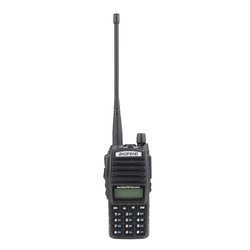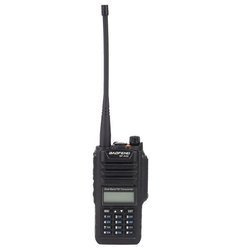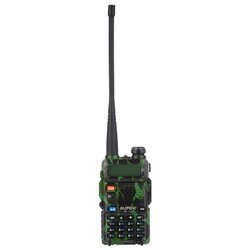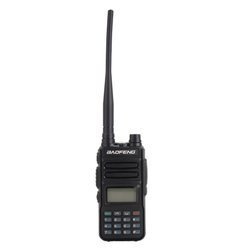Private radio during training/service in Poland
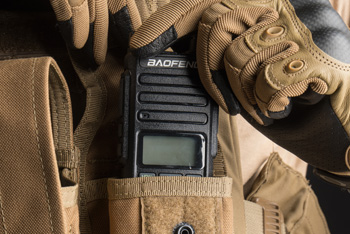
Radio, radiotelephones or PMR devices. We can meet with any of these names during a chat about radio communication devices for service, exercises, or field games.
In today's blog post, we will try to answer a question, about using your private radio communication devices on different levels and if it is allowed. We all need to remember, that what we write there, may change depending on the unit you are in, your superiors, actual situation, and the level you are planning to use your device. You should always consult your direct superior beforehand, to check, if the information provided in this post applies to your case.
Radio comms inside team/squad
Communication inside the team/squad is achieved using verbal and nonverbal methods of exchanging information. Verbal methods include talk, radio communication, or phone calls, while nonverbal means of communication include all pre-approved graphical signs, hand signals, or text messages relayed through issued means or private ones.
Radio communication on a team level is used to relay information between team members. Such information can then be relayed to a higher level through another radio network. Such a network made using privately owned radio devices, should be separated from military networks, and military acronyms and information, leak of which may pose threat to safety or task, should not be relayed over such network.
From our experience, most team/squad leaders should not have a problem with this type of network being built out of private devices such as Baofeng UV-5R for the duration of training exercises, or fulfilling tasks during Territorial Guard service as long as no confidential or otherwise task important information go through such network, as it does not provide enough security measures.
During peacetime, such radio devices could be used to coordinate team effort during exercises or help actions.
Platoon-level communication, I can see you better than I can hear you
People inside one squad tend to work at a small distance from each other. This is not so true for squads inside one platoon. Because of that decentralization, squads inside a platoon may need to rely more on radio communication able to cover more range. The same rules, that allow us to build a squad radio network using popular radio devices, allow us to build a platoon-wide network connecting all the team leaders with the platoon leader using privately owned devices. An important aspect is to look for devices offering higher levels of encryption and preferably more range.
Popular models of radiotelephones allow for CTCSS encryption, and thanks to changeable antennas and 5-8W of transmission power, they may be a good choice to use during peacetime, or as an additional way of exchanging information with lower importance, separated from the military network. When building such a network, we need to put more emphasis on security and remind people to not say anything that may impose risks to security or mission on this network.
Privately owned radio devices as alternative comms on the company level, is it worth the risk?
The elements inside one company tend to operate at even bigger distances from each other, and radio communication is essential for coordinating so big group. Unfortunately for people wanting to use private radio devices, information exchanged on this level more often than not poses a threat to safety or mission success if leaked, thus relaying it through non-issued means of communication may pose to big risk over eventual gains because of lack of sufficient encryption and data safety these devices offer.
During peacetime, it may look a bit different, and in dependence on current events and actions, using such private radio devices may bring more good to the cause. For example, if your company is taking part in searching for a lost person or when fighting natural disasters, such a network may be built using CB radios mounted on privately owned vehicles to further extend comms with subordinates.
Even in such cases, we should still apply all safety rules and regulations, and remember, to not use the same codes and acronyms, or relay information leaks which may pose a threat to the present or future safety of personnel or operations.

